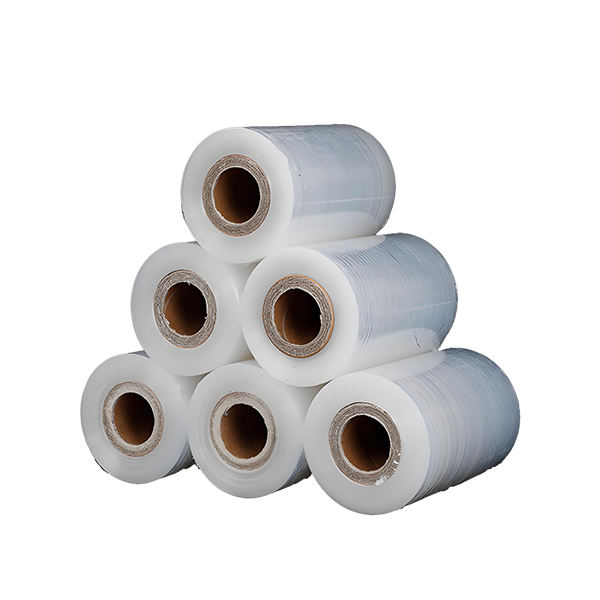In the ever-evolving landscape of printing technology, laser printers have long been the stalwart choice for businesses and individuals alike, celebrated for their speed, efficiency, and high-quality output. However, as we move further into the digital age, the question arises: what is replacing laser printers? This article delves into the emerging technologies and trends that are reshaping the printing industry, exploring their advantages, applications, and the future of printing.
The Rise of Inkjet Technology
While laser printers have dominated the market for decades, inkjet printers are making a significant comeback, particularly in environments that require high-quality color printing. Modern inkjet printers have evolved dramatically, offering faster print speeds and improved resolution. They utilize advanced technology such as piezoelectric and thermal inkjet systems, which allow for precise droplet placement and a wider color gamut.
Advantages of Inkjet Printers:
- Cost-Effectiveness: Inkjet printers typically have a lower initial purchase price compared to laser printers, making them accessible for small businesses and home offices.
- Versatility: Inkjet printers can handle a variety of media types, including photo paper, labels, and even fabric, making them ideal for creative applications.
- High-Quality Color Output: For businesses that require vibrant color prints, inkjet technology often outperforms laser printers, especially in photo and graphic printing.
Solid Ink Technology: A Sustainable Alternative
Solid ink printers are gaining traction as a sustainable alternative to traditional laser printers. Utilizing solid sticks of ink that are melted and applied to paper, these printers produce vibrant colors and sharp images while minimizing waste.
Key Benefits of Solid Ink Technology:
- Environmental Impact: Solid ink printers generate less waste than laser printers, as they eliminate the need for cartridges and reduce packaging waste.
- Consistent Color Quality: Solid ink technology provides consistent color output across different media, making it an excellent choice for branding and marketing materials.
- Lower Operating Costs: Although the initial investment may be higher, solid ink printers often have lower running costs due to reduced waste and longer-lasting ink.
3D Printing: A Paradigm Shift
While not a direct replacement for laser printers, 3D printing represents a significant shift in how we think about printing technology. This innovative approach allows for the creation of three-dimensional objects from digital files, opening up new possibilities for manufacturing, prototyping, and even healthcare.
Implications of 3D Printing:
- Customization: 3D printing enables the production of highly customized products, catering to specific needs and preferences.
- Rapid Prototyping: Businesses can quickly create prototypes, reducing the time and cost associated with traditional manufacturing methods.
- Sustainability: By using additive manufacturing processes, 3D printing can minimize material waste and reduce the carbon footprint associated with production.
Digital Printing: The Future of Commercial Printing
Digital printing technology is rapidly replacing traditional printing methods, including laser printing, in many commercial applications. This technology allows for direct printing from digital files, eliminating the need for printing plates and reducing setup times.
Advantages of Digital Printing:
- Short Run Efficiency: Digital printing is ideal for short print runs, allowing businesses to print only what they need without incurring high costs.
- Variable Data Printing: This technology enables personalized printing, where each piece can be customized with unique information, enhancing marketing efforts.
- Quick Turnaround Times: With fewer setup requirements, digital printing offers faster turnaround times, making it a preferred choice for time-sensitive projects.
Conclusion: Embracing the Future of Printing
As we explore the question of what is replacing laser printers, it becomes clear that the future of printing technology is not about a single replacement but rather a diverse array of solutions tailored to meet specific needs. Inkjet, solid ink, 3D printing, and digital printing are all carving out their niches in the market, each offering unique advantages that cater to different applications.
